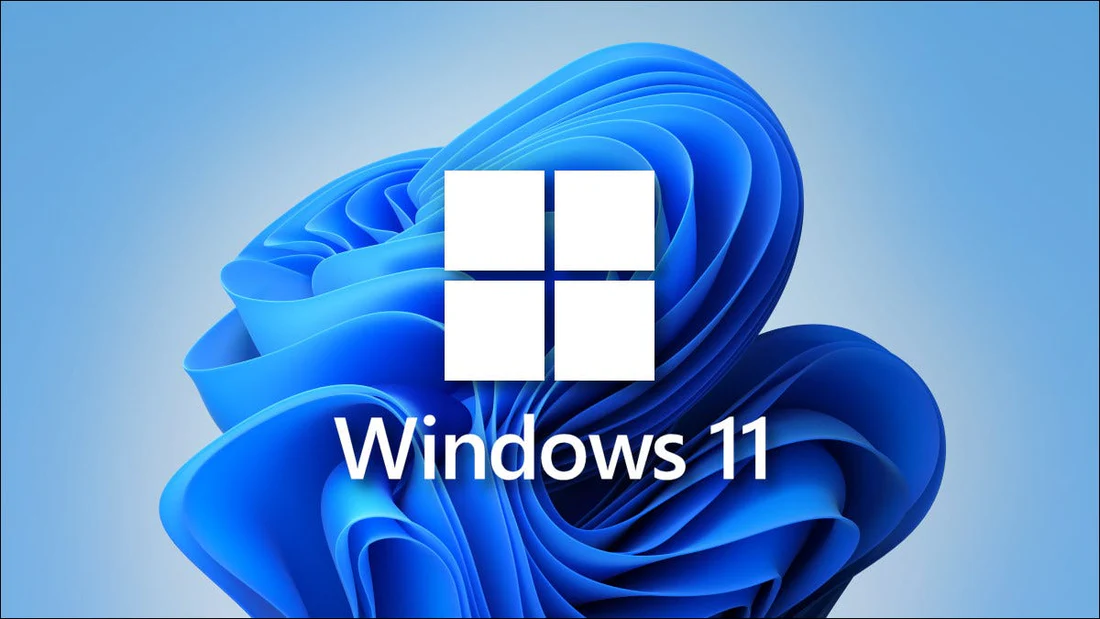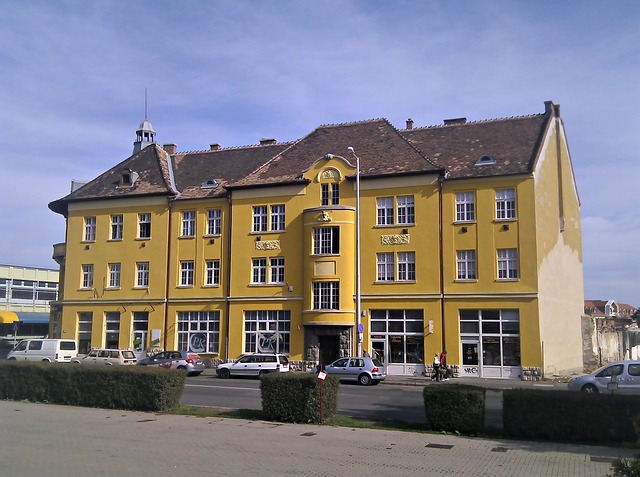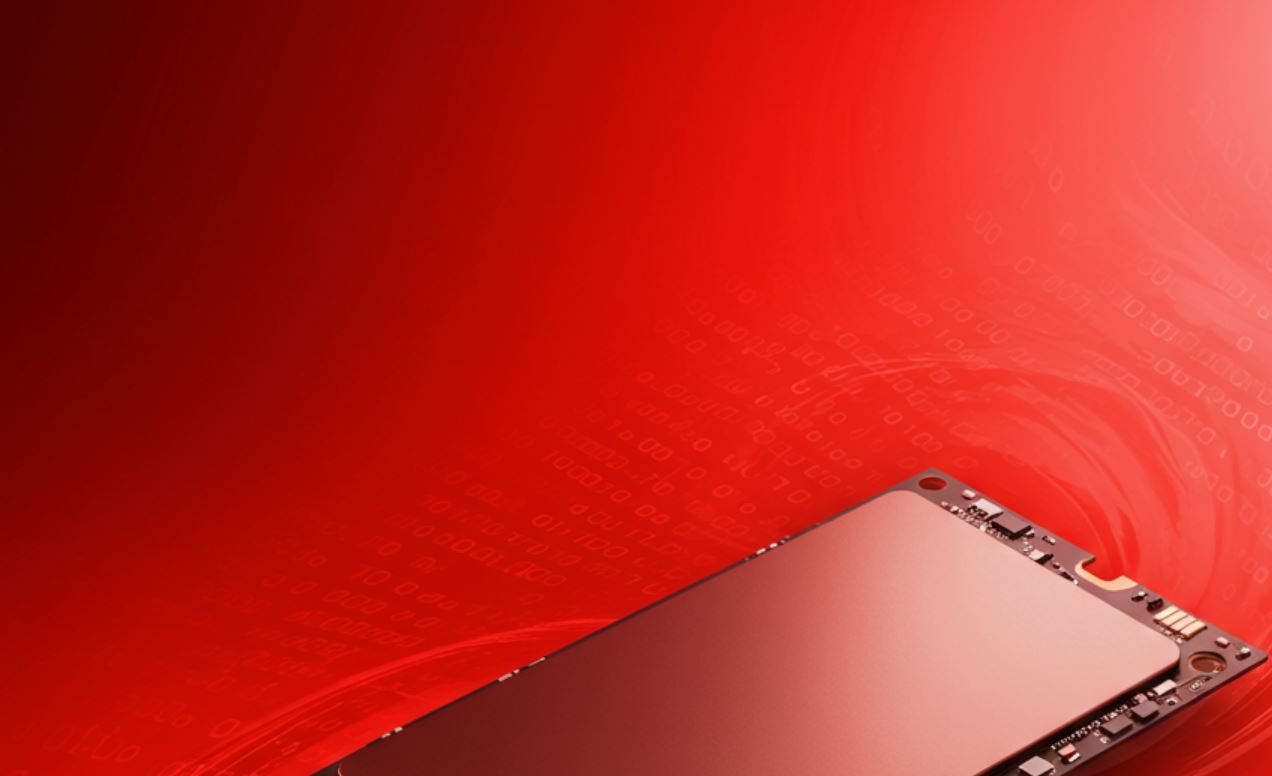The excitement of upgrading to a new operating system like Windows 11 can quickly turn into frustration when the installation process freezes. This common yet vexing issue can leave users staring at an unresponsive screen, unsure of how to proceed. This in-depth guide aims to provide a thorough understanding of why your Windows 11 installation might be freezing and offer a comprehensive set of troubleshooting steps to help you successfully complete the setup.
Experiencing a freeze during the Windows 11 installation can occur at various stages: while „Getting files ready for installation,” during the „Installing features” or „Installing updates” phases, or even on the first reboot. Identifying the potential cause is the first step towards a solution.
Pre-installation checks and preparations: Laying the groundwork for a smooth setup ⚙️
Before diving into complex troubleshooting, it’s crucial to ensure that your system is adequately prepared for the Windows 11 upgrade or clean install. Overlooking these initial steps is a frequent source of installation problems.
1. Verifying system compatibility: Microsoft has specific hardware requirements for Windows 11. An incompatible system is a primary reason for installation freezes.
- Processor: 1 gigahertz (GHz) or faster with 2 or more cores on a compatible 64-bit processor or System on a Chip (SoC).
- RAM: 4 gigabytes (GB) or greater.
- Storage: 64 GB or larger storage device.
- System firmware: UEFI, Secure Boot capable.
- TPM: Trusted Platform Module (TPM) version 2.0.
- Graphics card: Compatible with DirectX 12 or later with WDDM 2.0 driver.
- Display: High definition (720p) display greater than 9 inches diagonally, 8 bits per color channel.
- Internet connection and Microsoft account: Windows 11 Home edition requires internet connectivity and a Microsoft account to complete device setup on first use.
You can use Microsoft’s PC Health Check app to determine if your current hardware meets the minimum requirements. Attempting to install Windows 11 on unsupported hardware can lead to unpredictable behavior, including freezes.
2. Checking the installation media: Corrupted installation media is another common culprit.
- USB drive issues: If you’re using a USB flash drive, ensure it’s from a reputable brand and in good working condition. Try recreating the bootable USB drive using the official Windows 11 Media Creation Tool. Download the tool directly from Microsoft’s website to ensure you have the latest, uncorrupted version.
- ISO file integrity: If you’ve downloaded an ISO file, verify its integrity. A corrupted ISO can lead to errors during file extraction and copying, causing the installation to hang. You can sometimes find checksum values (like MD5 or SHA-256) on the download page to verify your downloaded file.
- DVD issues (less common now): If using a DVD, check for scratches or smudges. Try burning the ISO to a new, high-quality DVD at a slower speed.
3. Ensuring sufficient disk space: While the minimum requirement is 64 GB, it’s advisable to have significantly more free space, especially if you’re upgrading from a previous Windows version. The installation process needs temporary space for file extraction and system configuration. Insufficient space can cause the process to halt abruptly. Aim for at least 100-120 GB of free space on the target drive or partition.
4. Updating your BIOS/UEFI: An outdated BIOS/UEFI (Basic Input/Output System / Unified Extensible Firmware Interface) can cause compatibility issues with new operating systems. Visit your motherboard manufacturer’s website (e.g., ASUS, Gigabyte, MSI, Dell, HP) and check for the latest BIOS/UEFI updates for your specific model. Follow the manufacturer’s instructions carefully when updating, as an incorrect BIOS update can render your system unbootable. BIOS updates often include improved hardware compatibility and bug fixes that can resolve installation freezes.
5. Disconnecting unnecessary peripherals: External devices can sometimes interfere with the Windows installation process.
- Unplug all non-essential USB devices: This includes external hard drives, printers, scanners, webcams, game controllers, and even USB hubs. Leave only the essential keyboard, mouse, and the Windows 11 installation media connected.
- Internal components: In rare cases, non-essential internal components like extra sound cards or network cards (if you have an alternative) might cause issues. This is more advanced, but if other steps fail, consider temporarily removing them if you’re comfortable working inside your PC.
6. Checking for stable power supply: While less common for installation freezes specifically, an unstable or insufficient power supply unit (PSU) can cause various system instabilities, potentially manifesting during the demanding process of an OS install. Ensure your PSU is adequately rated for your hardware components.
Troubleshooting steps during the installation freeze 🥶
If you’ve gone through the pre-installation checks and the Windows 11 setup still freezes, here are the steps to take:
1. Patience is a virtue (sometimes): The first thing to do when you encounter a freeze is to wait. Some installation stages can take a surprisingly long time, especially on older hardware or with large amounts of data being processed. What appears to be a freeze might just be a very slow process. Give it at least 1-2 hours before concluding it’s truly frozen, especially if there’s still hard drive activity (indicated by the HDD LED on your PC case). However, if there’s no disk activity and the screen has been static for a prolonged period, it’s time to act.
2. Forcing a restart (the gentle way first): If you’re certain the installation is frozen, you’ll need to restart your computer. * Press and hold the power button: Keep the power button pressed for about 5-10 seconds until the computer shuts down completely. * Wait a few seconds: Before turning it back on, wait for about 30 seconds to allow all components to reset. * Restart the installation: Turn the PC back on. It might attempt to resume the installation. If it freezes again at the same spot, you’ll need to try other solutions. If it prompts you to start the installation over, do so.
3. Checking BIOS/UEFI settings in detail: Incorrect BIOS/UEFI settings are a major cause of installation hangs.
- Boot mode (UEFI vs. Legacy/CSM): Windows 11 officially requires UEFI mode. If your system supports both UEFI and Legacy (or CSM – Compatibility Support Module), ensure UEFI mode is selected. The installation media must also be created to support UEFI booting. The Windows Media Creation Tool typically handles this correctly. If you have an older system that was running in Legacy mode, you might need to convert your drive’s partition style from MBR to GPT (GUID Partition Table) before a successful UEFI installation of Windows 11. This often requires a clean install.
- Secure Boot: Windows 11 requires Secure Boot to be enabled. Check your BIOS/UEFI settings to ensure it’s active. Sometimes, enabling Secure Boot requires TPM to be active first.
- TPM (Trusted Platform Module): Ensure TPM 2.0 is enabled in the BIOS/UEFI. It might be listed under various names like „Intel PTT” (Platform Trust Technology) for Intel systems or „AMD fTPM” (Firmware TPM) for AMD systems. If you have a discrete TPM module, ensure it’s properly seated.
- SATA mode (AHCI vs. RAID vs. IDE): For modern SSDs and HDDs, AHCI (Advanced Host Controller Interface) is the standard and recommended mode. IDE is an older, slower standard. If you have a RAID configuration, you’ll need to load the appropriate RAID drivers during the early stages of the Windows setup (often via the „Load Driver” option when you’re selecting the installation drive). Installing Windows 11 in the wrong SATA mode can lead to freezes or an inability to detect the drives.
- RAM frequency and timings (XMP/DOCP): While usually beneficial, sometimes custom RAM profiles like XMP (Extreme Memory Profile) or DOCP (Direct Over Clock Profile) can cause instability during OS installation. Try disabling XMP/DOCP and reverting to default JEDEC RAM speeds and timings in the BIOS/UEFI. You can re-enable it after a successful installation.
- Overclocking: If you have overclocked your CPU, GPU, or RAM, revert all settings to their stock defaults before attempting the installation. Overclocks can introduce instability that might only become apparent during intensive tasks like an OS install.
4. Disconnecting from the internet: Sometimes, the installation process attempts to download updates or drivers in the background, and a poor or intermittent internet connection can cause it to hang.
- Physical disconnection: If you’re using an Ethernet cable, unplug it.
- Wi-Fi: If you connected to Wi-Fi during the initial setup screens, you might not be able to easily disconnect without restarting the setup. In such cases, if you suspect internet issues, try restarting the installation and skip the Wi-Fi connection step until Windows is fully installed. You can then connect and download updates.
5. Using the „Load Driver” option for storage controllers: If the Windows 11 setup isn’t correctly recognizing your storage drive (especially newer NVMe SSDs or RAID configurations), it can freeze when trying to access or write to the disk.
- Download drivers: Go to your motherboard or laptop manufacturer’s website and download the latest storage controller drivers (often labeled as IRST – Intel Rapid Storage Technology, SATA, or RAID drivers). Extract them to a separate USB flash drive.
- Load during setup: During the phase where you select the installation drive, there should be an option like „Load driver.” Click this, browse to the USB drive containing the drivers, and select the appropriate .inf file. This can help the installer correctly communicate with your storage hardware. This is particularly important for some modern SSDs that require specific drivers.
6. Trying a different USB port or USB drive:
- USB port variations: Sometimes, certain USB ports (e.g., USB 3.0 vs. USB 2.0, front panel vs. rear panel) can behave differently. Try using a different USB port for your installation media. USB 2.0 ports are sometimes considered more stable for boot processes.
- Faulty USB drive: The USB drive itself might be faulty or slow, leading to read errors that cause the installation to hang. If possible, try a different, known-good USB flash drive.
7. Checking for hardware issues: Persistent freezes can be a sign of underlying hardware problems.
- RAM (Memory): Faulty RAM modules are a common cause of system instability, including installation freezes.
- Run MemTest86: Create a bootable USB drive with MemTest86 (a free memory testing tool) and run several passes to check your RAM for errors. If errors are found, you’ll need to replace the faulty module(s).
- Test with one RAM stick: If you have multiple RAM sticks, try removing all but one and attempt the installation. If it succeeds, add the sticks back one by one to identify the problematic module. Ensure you are comfortable with handling internal components and follow anti-static precautions.
- Hard drive/SSD health: A failing or faulty hard drive or SSD can definitely cause the installation to freeze when the setup tries to write files to it.
- BIOS/UEFI diagnostics: Some BIOS/UEFI systems have built-in hard drive diagnostic tools.
- Manufacturer tools: Most drive manufacturers (e.g., Seagate, Western Digital, Samsung, Crucial) offer free diagnostic software that you can run from a bootable environment or another computer to check the health of your drive.
- CHKDSK (from a recovery environment or another PC): If you can access a command prompt (e.g., by booting from your old Windows or a recovery drive), you can try running
chkdsk /f /ron the target drive, but this is less likely to be accessible mid-freeze.
- Overheating: While less likely to be the primary cause of a freeze at a specific installation point, general overheating of the CPU or other components can lead to system instability. Ensure your PC has adequate cooling, fans are working, and there isn’t excessive dust buildup. Monitor CPU temperatures in the BIOS/UEFI if possible.
8. Performing a clean install vs. an upgrade: If you are attempting an upgrade from Windows 10 and it’s freezing, hidden software conflicts or corrupted system files from the old installation might be the cause.
- Consider a clean install: A clean install involves erasing the target partition and installing Windows 11 from scratch. This eliminates potential conflicts from the previous OS. Important: A clean install will erase all data on the selected partition, so back up all your important files from your C: drive (and other relevant partitions) to an external drive or cloud storage before proceeding.
- Custom install option: During setup, choose the „Custom: Install Windows only (advanced)” option. This will allow you to delete existing partitions and create new ones for a truly clean installation.
9. Modifying the installation process (Advanced):
- Bypassing TPM/CPU checks (with caution): If your system is slightly below the official requirements (e.g., an older but still capable CPU or lacking official TPM 2.0 support but having TPM 1.2), there are unofficial methods to modify the Windows 11 installation media to bypass these checks. These methods usually involve editing the registry during the early stages of setup or modifying the
appraiserres.dllfile in the installation sources. Warning: Bypassing these checks is not officially supported by Microsoft and might lead to an unstable or unsupported Windows 11 experience. Future updates might also be problematic. Proceed with extreme caution and only if you understand the risks. There are many guides online detailing these procedures; search for „Windows 11 install without TPM 2.0” or similar. A resource like Tom’s Hardware often covers such modifications. - Creating partitions manually: Sometimes, allowing Windows Setup to automatically create partitions can hit a snag. Using the
diskpartcommand-line tool (accessible by pressing Shift+F10 during the early graphical phase of setup, before drive selection) to clean the drive and create partitions manually can resolve certain issues.- Open Command Prompt:
Shift + F10 - Type
diskpart list disk(to identify your target installation disk, e.g., disk 0)select disk X(replace X with your target disk number)clean(This will erase everything on the selected disk!)convert gpt(if your disk is MBR and you need UEFI)create partition primary size=YYYYY(create an EFI partition, ~500MB, format FAT32)create partition primary(to use the rest of the disk for Windows)format fs=ntfs quick label="Windows"assign letter=Cexit(to leave diskpart)exit(to close command prompt)- Refresh the drive selection screen in the installer. Select the newly created partition. This is an advanced procedure and should be followed carefully. Incorrect use of
diskpartcan lead to data loss.
- Open Command Prompt:
10. Waiting for specific installation phases: Note where the installation freezes. Is it always at the same percentage or stage (e.g., „Getting files ready for installation at X%”, „Installing features,” „Installing updates”)? This can sometimes give a clue. For example, freezing during „Installing updates” might point back to network issues or issues with the update servers at that moment. Freezing during „Getting files ready” could be an issue with the installation media or the target drive.
11. Checking Event Logs (if you can get into Windows or a recovery environment): If the installation fails and rolls back, or if you manage to get into a recovery environment, checking system event logs might provide error codes or clues. However, this is often difficult when stuck in a mid-installation freeze.
12. Trying an older build of Windows 11 (if available and feasible): Sometimes, the very latest build of Windows 11 might have a temporary bug that affects specific hardware configurations. If you have access to an older, known-stable ISO of Windows 11, it might be worth trying, though this is generally not a recommended long-term solution.
13. Contacting Microsoft Support or a PC technician: If you’ve exhausted all troubleshooting steps and are still unable to install Windows 11, it might be time to contact Microsoft Support for assistance. Alternatively, a qualified PC technician can diagnose hardware or complex software issues that are beyond typical troubleshooting.
Post-freeze considerations and preventative measures
Once you hopefully resolve the freeze and successfully install Windows 11:
- Install all drivers: Immediately go to your motherboard and component manufacturers’ websites and install the latest Windows 11 drivers for your chipset, graphics card, network adapter, audio, etc. Don’t rely solely on the drivers Windows installs automatically.
- Run Windows Update: Check for and install all available Windows updates. This will include important security patches and feature updates.
- Monitor system stability: Keep an eye on your system for any signs of instability, crashes, or freezes in the days following the installation.
By systematically working through these pre-installation checks and troubleshooting steps, you significantly increase your chances of overcoming a Windows 11 installation freeze and enjoying the new operating system. Remember that patience and a methodical approach are key.




